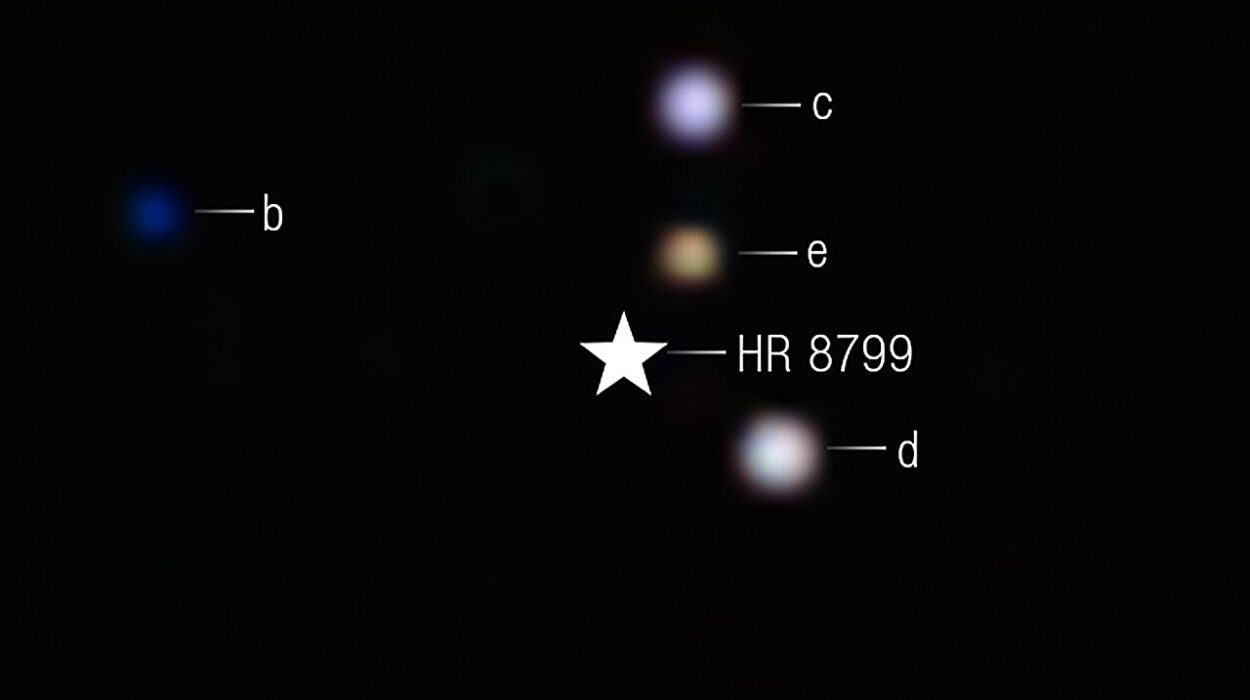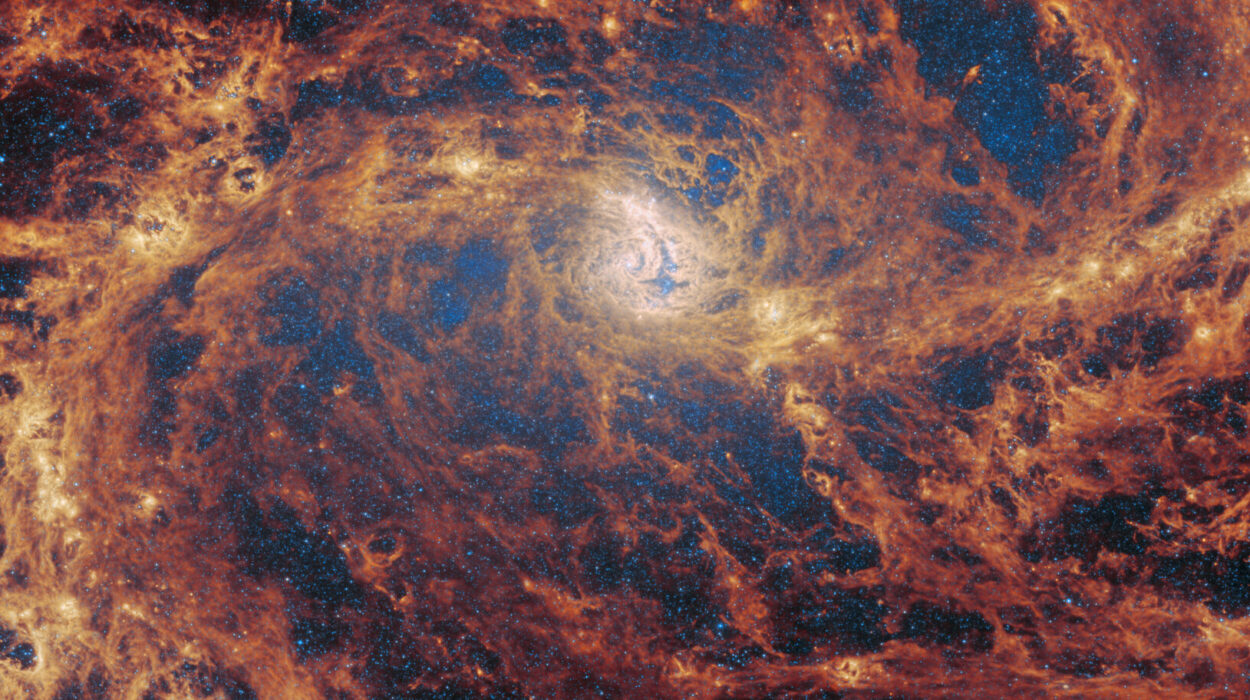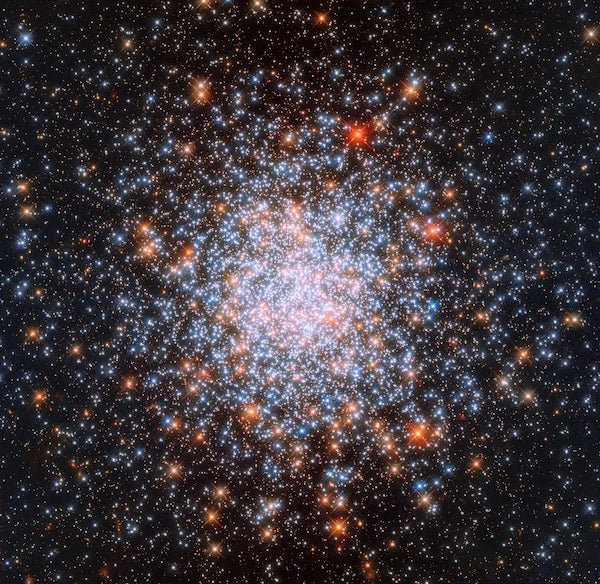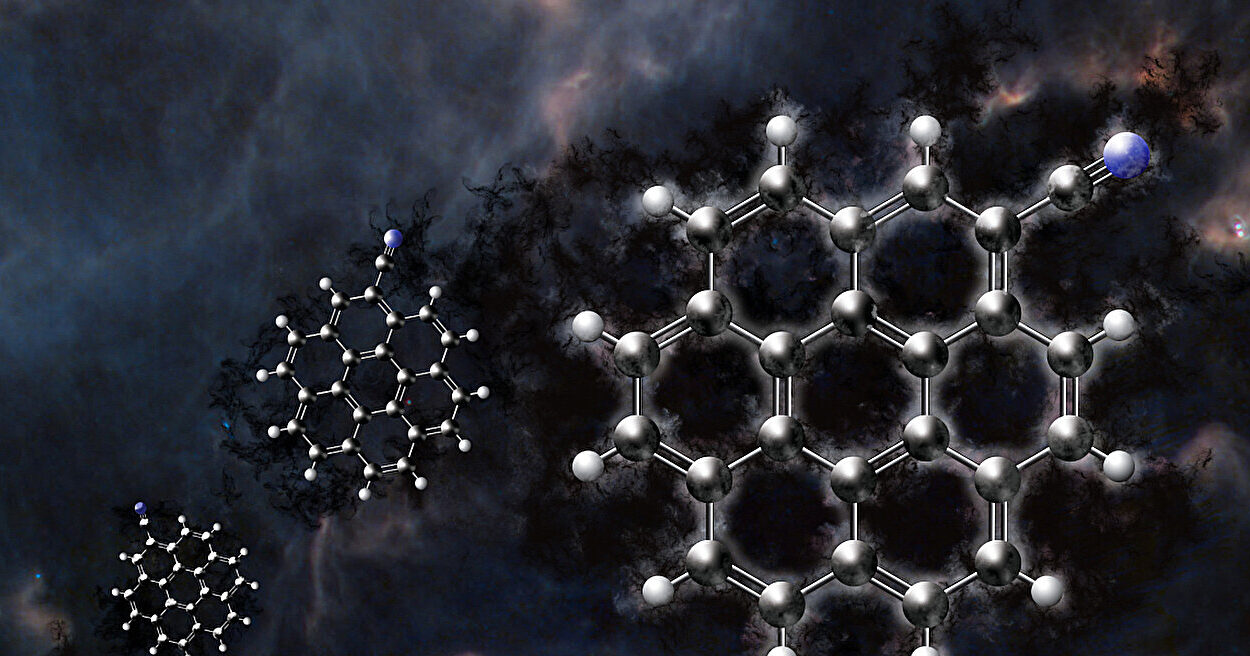In space, astronauts face a wide range of physical challenges due to the environment of microgravity, particularly affecting their eyes and vision. Research has shown that extended stays aboard the International Space Station (ISS) — typically lasting between six and twelve months — lead to significant changes in astronauts’ ocular health. According to a study published in the IEEE Open Journal of Engineering in Medicine and Biology, at least 70% of astronauts experience changes that are consistent with a condition known as spaceflight-associated neuro-ocular syndrome (SANS).
The Study’s Background: SANS and Its Symptoms
The research was conducted by Santiago Costantino, an ophthalmologist at the Université de Montréal (UdeM). Costantino, who also heads the biophotonics research unit at UdeM’s Maisonneuve-Rosemont Hospital, led a group of researchers in analyzing data collected from astronauts who had spent extended time aboard the ISS. Their primary goal was to determine what changes in the body, particularly the eyes, were linked to microgravity exposure.
Their research specifically focused on identifying the biomechanical changes associated with SANS — a condition characterized by several issues related to the eyes and vision in astronauts. SANS encompasses symptoms such as a decrease in ocular rigidity, changes in ocular pulse amplitude, decreased intraocular pressure, eye shape alteration, reduced field of vision, and in some cases, edema of the optic nerve or retinal folds. The impact is significant enough to affect many astronauts’ vision, requiring attention when returning to Earth.
Data Collection: Analyzing Astronauts’ Ocular Parameters
The researchers examined data collected from 13 astronauts who spent between 157 and 186 days on the ISS. The astronauts, aged 48 on average, hailed from the space agencies of the United States, Europe, Japan, and Canada. The research team, including members from NASA, used a variety of diagnostic methods to track eye health before and after these astronauts’ space missions. The study noted that 31% of the astronauts were women, and eight were participating in their first mission.
Three main ocular parameters were measured to assess changes in astronauts’ vision:
- Ocular Rigidity: The ability of the eye to resist deformation.
- Intraocular Pressure: The pressure inside the eye, which is critical for maintaining eye shape and fluid circulation.
- Ocular Pulse Amplitude: The fluctuation of pressure in the eye as it is influenced by the heartbeat and circulation.
Key Measuring Techniques:
- Optical Coherence Tomography (OCT) was used to measure ocular rigidity, utilizing a specialized video module to enhance image quality of the choroid, a key vascular layer in the eye.
- Tonometry was used to measure intraocular pressure and ocular pulse amplitude.
The Findings: A Decrease in Ocular Rigidity and Pressure
The study found that significant biomechanical changes occurred in astronauts’ eyes during and after long-duration space missions. Specifically, astronauts experienced the following:
- Ocular Rigidity decreased by 33% — this refers to the loss of structural resistance in the eye, which could affect its function.
- Intraocular Pressure decreased by 11%, indicating lower pressure within the eye that can lead to vision changes.
- Ocular Pulse Amplitude also decreased by 25%, further indicating a disruption in the eye’s natural rhythm and pressure fluctuations.
These changes were accompanied by common symptoms, including:
- Reduced eye size due to changes in fluid distribution.
- Altered focal field, leading to distorted vision or blurred areas.
- In some astronauts, optic nerve edema (swelling of the optic nerve) and retinal folds were observed, both of which can lead to permanent vision damage if severe.
Further investigations revealed that five astronauts exhibited an increase in choroidal thickness — a condition where the vascular layer of the eye became more pronounced than normal, with a thickness greater than 400 micrometers. Notably, this thickening did not correlate with factors such as age, gender, or previous spaceflight experience.
Why Do These Changes Occur in Space?
The causes behind these ocular changes are believed to stem from the effects of microgravity. When in space, the lack of Earth’s gravity alters the body’s fluid dynamics, including the blood flow distribution. Typically, gravity pulls fluids downward, but in microgravity, fluids shift upwards toward the head. This shift increases blood flow to the eyes and leads to a stagnation in venous drainage. The result is the swelling or expansion of the choroid, the layer of the eye that provides nourishment to the retina.
Costantino explained that weightlessness changes blood flow in ways that likely cause this abnormal choroidal expansion, as the excess fluid pressurizes the eye. Over time, the collagen within the sclera (the white outer layer of the eye) may stretch in response to the choroidal expansion, resulting in a weakened mechanical structure of the eye. The reduction in ocular rigidity, as well as the lower pressure and amplitude measurements, all suggest that microgravity forces an altered fluid distribution and disrupts the delicate mechanical balance within the eye.
Researchers also noted that blood pulsations under conditions of microgravity could cause a water-hammer effect in the veins of the eye. In this scenario, sharp fluctuations in blood flow and pressure create a mechanical shock — possibly causing structural damage to the tissues of the eye and leading to long-term remodeling of eye tissue.
Long-Term Effects and Eyeball Changes Upon Return to Earth
The study noted that, while astronauts undergo eye changes during long stays in space, the changes typically reversed after they returned to Earth. Most astronauts found that their eye health restored itself without any need for additional medical intervention, and corrective eyewear such as glasses could remedy any short-term vision issues they faced while in space.
Approximately 80% of astronauts in the study developed at least one symptom, but in general, these symptoms were not permanent, especially after returning to Earth. Once gravity returned to the astronauts’ bodies, blood distribution normalized, and their eyes returned to their pre-flight state.
However, experts in the field remain concerned about longer missions, such as those to Mars, which could last much longer than typical ISS missions. During these prolonged trips, astronauts may experience extended exposure to microgravity, causing unknown long-term effects on their ocular health. Without gravity’s natural circulation-regulation abilities, it remains unclear how prolonged changes in the ocular environment will manifest in the future.
The research community, along with space agencies such as NASA, is still uncertain about how extensive and irreversible these effects might be over many months or years of spaceflight. Costantino emphasizes that future missions — including plans to journey to Mars — will require further research into the specific mechanisms behind these eye-health concerns.
The Road Ahead: Diagnosing and Preventing Ocular Damage in Space
For now, the work of Costantino and his team represents one of the best efforts in understanding and mitigating the risk to astronauts’ eye health. The research team is still waiting for more data from NASA to refine their understanding of the effects of long-duration spaceflights on eye health.
“We hope that the observed changes in the mechanical properties of the eye could serve as biomarkers for early identification of astronauts at risk for developing spaceflight-associated neuro-ocular syndrome,” said Costantino. Early identification could allow preventive measures and monitoring to prevent vision damage during missions to places like Mars. By closely monitoring eye health, we can potentially determine the best ways to prevent or palliate these effects before they cause irreparable harm to astronauts’ vision during prolonged space missions.
For now, the most valuable conclusion from this study is that eye-health complications in space, while prevalent, aren’t permanent for short-term missions. But with more ambitious space exploration on the horizon, understanding and addressing these issues will become increasingly urgent to ensure astronauts’ health on the road to long-term space travel.
Reference: Marissé Masís Solano et al, Ocular Biomechanical Responses to Long-Duration Spaceflight, IEEE Open Journal of Engineering in Medicine and Biology (2024). DOI: 10.1109/OJEMB.2024.3453049






